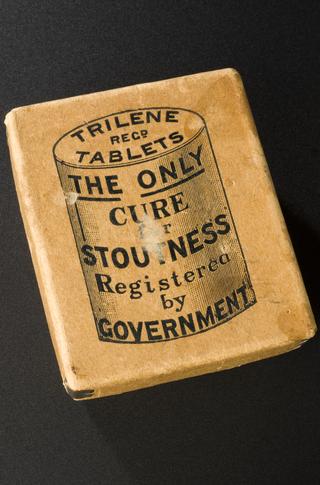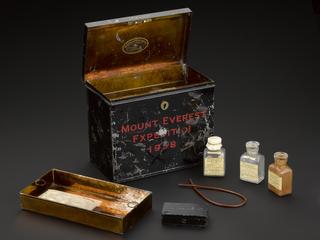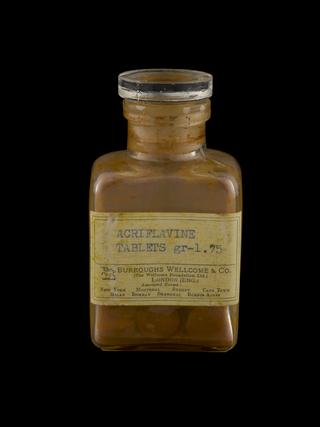
Glass ampoule of 'Ernutin'




4 brown glass self-standing "Vaporole" ampoules of Ernutin, by Burroughs Wellcome and Co., 1900-1930
‘Ernutin’ is the brand name for a drug created by Burroughs, Wellcome & Co. that was derived from ergot – a potentially poisonous fungus. When drunk or injected, it causes the muscles of the uterus to contract, speeding up delivery of a baby.
Ergot can grow on rye and other cereals and eating too much can result in long term poisoning, known as ergotism – a condition sometimes referred to as St Anthony’s fire. In the past, local outbreaks of ergotism affected towns and villages across Europe. Symptoms include convulsions and hallucinations and the effects of this poison have been historically linked to accusations of witchcraft in communities that were affected.
Details
- Category:
- Materia Medica & Pharmacology
- Collection:
- Sir Henry Wellcome's Museum Collection
- Object Number:
- 1989-93/61
- Materials:
- glass
- Measurements:
-
overall: 52 mm 15 mm,
- type:
- ampoule and ergotoxine
- credit:
- On loan from the Wellcome Trust

